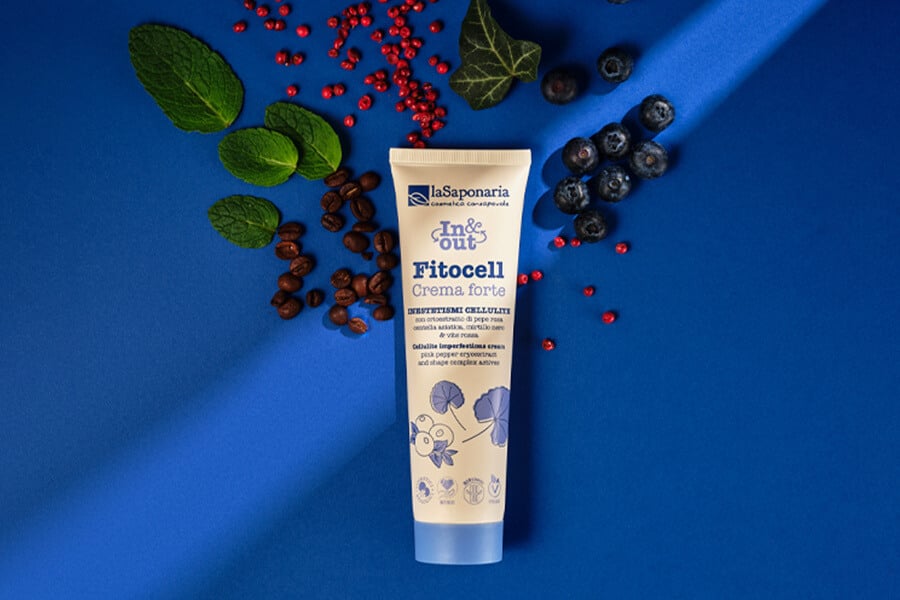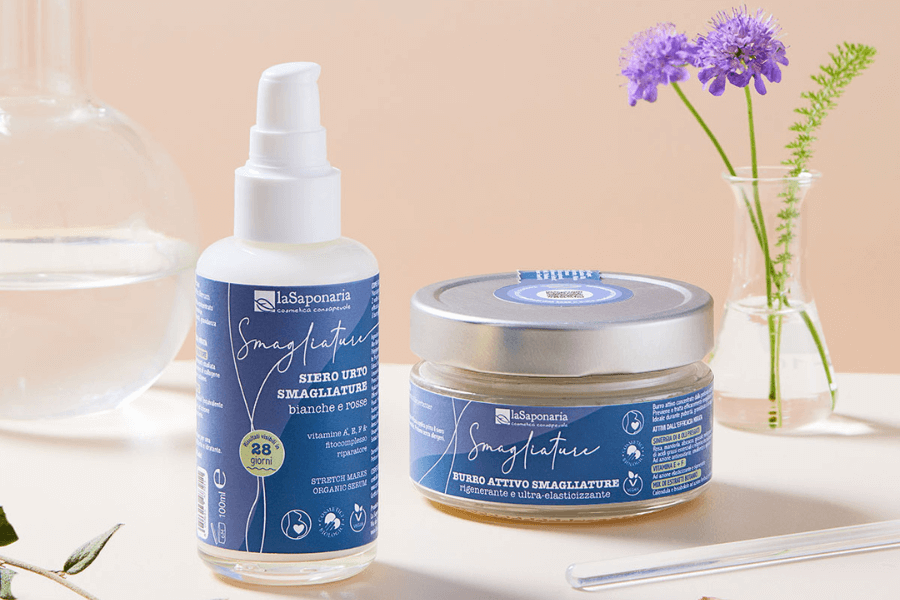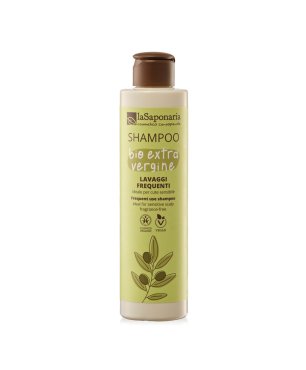- Call us! +390721 911004
- Write a message
- Whatsapp +39 377 3844777
- Become a reseller
- Test and E-book
- Location and contacts
-
MenuBack
-
Organic cosmetics
-
-
space
-
-
-
-
-
-
-
Discover your beauty routine
-
-
Skin care
-
Hair care
-
Body Care
- Best Seller
- Routines
-
DIY
-
-
space
-
-
-
-
-
-
PRODUCTION TOOLS
-
-
DOWNLOAD THE RECIPES
-
-
-
Organic library
-
-
BEAUTYBLOG
-
-
-
GLOSSARY
-
-
-
DO-IT-YOURSELF RECIPES
-
-
-
TEST AND E-BOOK
-
-
About us
-
-
space
-
-
-
-
-
PHILOSOPHY
-
-
-
NATURAL COSMETICS
-
-
-
FLAGSHIP STORES
-
-
-
Sustainability
-
-
space
-
-
-
BENEFIT COMPANY
-
-
-
ETHICAL CHAIN
-
-
-
SUSTAINABLE PACKAGING
-
-
-
SUSTAINABILITY IN THE COMPANY
-
-
-
Supported projects
-
NOTICES AND AWARDS
-
-
-
Business Area
-
-
space
-
-
-
OPEN A FLAG SHIP STORE
-
-
-
BECOME A RESELLER
-
-
-
PRIVATE LABEL
-
ACCOMMODATION FACILITIES
-
-
-
RESELLERS LOGIN
-
-
-
Resellers
-
-
RESELLERS RESOURCES
-
-
-
OPEN A FLAGSHIP STORE
-
ACCOMMODATION FACILITIES
-
PROMOTIONAL MATERIAL
-
-
-
RESELLERS NEWS
-
REGISTER YOUR SHOP
-
-
-
REFILL ROLL-ON BIODEOs
-
-
-
HAIR LINE
-
-
- Store locator
Extra virgin olive oil

INCI NAME:
Olea Europaea Fruit Oil, Olea Europaea (Olive) Fruit Oil
ORIGIN:
Vegetal
FUNCTION:
Antioxidant, soothing, nourishing

This is an automatic translation
Olea Europaea
The olive tree or olive tree, scientifically defined Olea Europea, is a Mediterranean fruit plant native to the Near East used since ancient times. Its shrub has a twisted and cylindrical stem, the bark is gray and its roots, which are not deep, usually extend beyond the ground. The leaves, elliptical-lanceolate, are opposite and create silvery green crowns. The flowers are small, white and gathered in clusters. The fruits, the olives, are used in the kitchen, as well as in cosmetics for their incredible beneficial properties. Olive oil is obtained by cold pressing the pulp of the olives and is a fluid-looking oil with a characteristic aroma and a color ranging from golden yellow to green. Since ancient times, it has been used for its beneficial properties on the skin and hair. The Phoenicians called it "liquid gold", the Egyptians used it to soften the skin and to make the hair shiny, in ancient Greece the athletes used it for massages and frictions. It is one of the richest in oleic acid (about 62%), the most abundant of the long-chain monounsaturated fatty acids present in our body, with great nourishing and emollient properties for the skin. In addition to oleic acid, olive oil contains about 15% linoleic acid, 15% palmitic acid and 2% stearic acid.
The extra virgin olive oil is the most valuable quality, with unchanged organoleptic characteristics and a presence of oleic acid lower than 0.8 grams/100 gr. Virgin olive oil is less valuable than the previous one, and can express a free acidity (oleic acid) up to 2 grams/100 grams. It also contains an unsaponifiable fraction ranging from 1 to 2% which provides the oil with a significant concentration of antioxidant active ingredients including: phenolic compounds, chlorophyll, Vitamin E, phytosterols with reparative and anti-inflammatory action and squalene, one of the main components of skin surface. It is therefore ideal for treating dry and dehydrated skin as it has a strong emollient action and counteracts water loss from the epidermis, keeping it hydrated and soft. It also has a soothing action on redness and irritation of the lips and hands and is well tolerated even by the most sensitive skins. Extra virgin olive oil, being rich in vitamins A and E, unsaturated fatty acids and beta-carotenene, is also very useful for the beauty and health of the hair: it nourishes and softens them, regenerates the hair fiber and creates a sheath which protects them from smog and atmospheric agents. Furthermore, it is very useful against weakness and hair loss, because it is able to deeply nourish the hair bulb, strengthening it.


























